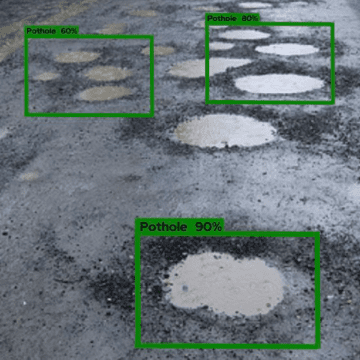San Jose is a beehive of artificial intelligence innovation, with the city continuing its integration of the technology into every day services to improve the lives of residents.
Now that AI is more accessible than ever, Mayor Matt Mahan along with other city officials are using it to identify problems and strategize solutions. San Jose is already using AI to optimize public transit, translate languages, review documents and find street issues like potholes, graffiti, broken street lights, illegal dumping and more — all before they’re noticed by residents. And the city is just getting started.
“We can detect and predict when things need to be happening, and when things need to be resolved before they become a challenge or issue for the public,” San Jose Chief Information Officer Khaled Tawfik told San José Spotlight. “This is really important to us since we are in the capital of Silicon Valley.”
The city ramped up its AI integration campaign last November when it launched the GovAI Coalition to set standards for responsible use of AI in government. They have since recruited more than 300 cities and 700 government employees focused on the coalition.
“The goal is, instead of us walking alone and reinventing the wheel in every city, we believe we can come together, divide the work and tackle this challenge collectively,” Tawfik said. “What we have proven in the last six months is when government works together, we can achieve a higher quality of work.”
While road safety is one of the main areas to see AI integration, San Jose backed away from data collection related to homeless people sleeping in their vehicles after advocates raised privacy concerns.
AI expert and San Jose State University Professor Ahmed Banafa said integrating AI will further San Jose’s image as a “smart city.”
Examples of using AI to make the city more efficient include traffic management, emergency responses, routine city business reviews and more.
“There can be a chatbot or a ChatGPT device that will answer my questions in a very intelligent way — then take that information and report it,” Banafa told San José Spotlight. “They can report if there’s a lot of people asking about a topic on the city council agenda, why aren’t people asking about a topic, what’s the issue and examples like that.”
He also said AI can be used to monitor the city’s air quality, energy use, waste management and other services.
Many of the artificial intelligence companies in San Jose’s own backyard are doing much of the work in developing new AI technology, Silicon Valley Leadership Group Vice President of Technology & Innovation Peter Leroe-Muñoz said, but information sharing between businesses, universities and the city make things move faster.
“So the city is able to draw on all of those resources, all of those innovators and all of those students to better understand and think through how a city can use AI to serve its residents,” Leroe-Muñoz told San José Spotlight. “That is a tremendous advantage that most other cities around the country don’t have.”
AI integration shouldn’t concern city workers however, he said, as the technology will be there to make employees more efficient and better at doing their jobs.
Our news is for everyone.
That means it needs to be free! We don’t put our news behind a paywall. Your tax-deductible donation is critical to our mission of keeping you informed.
But to keep that advantage San Jose must also maintain good energy standings to support the needs of AI technology, he said.
Mayor Mahan said in a recent interview with Fox Business that the city has two large new transmission lines coming in and will keep investing in the grid and look into redirecting energy as the AI field expands.
“Energy is the language of tomorrow, it’s the currency of tomorrow,” Tawfik said.





